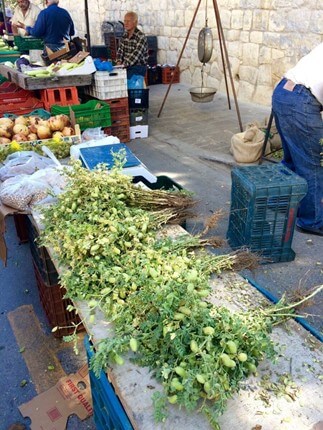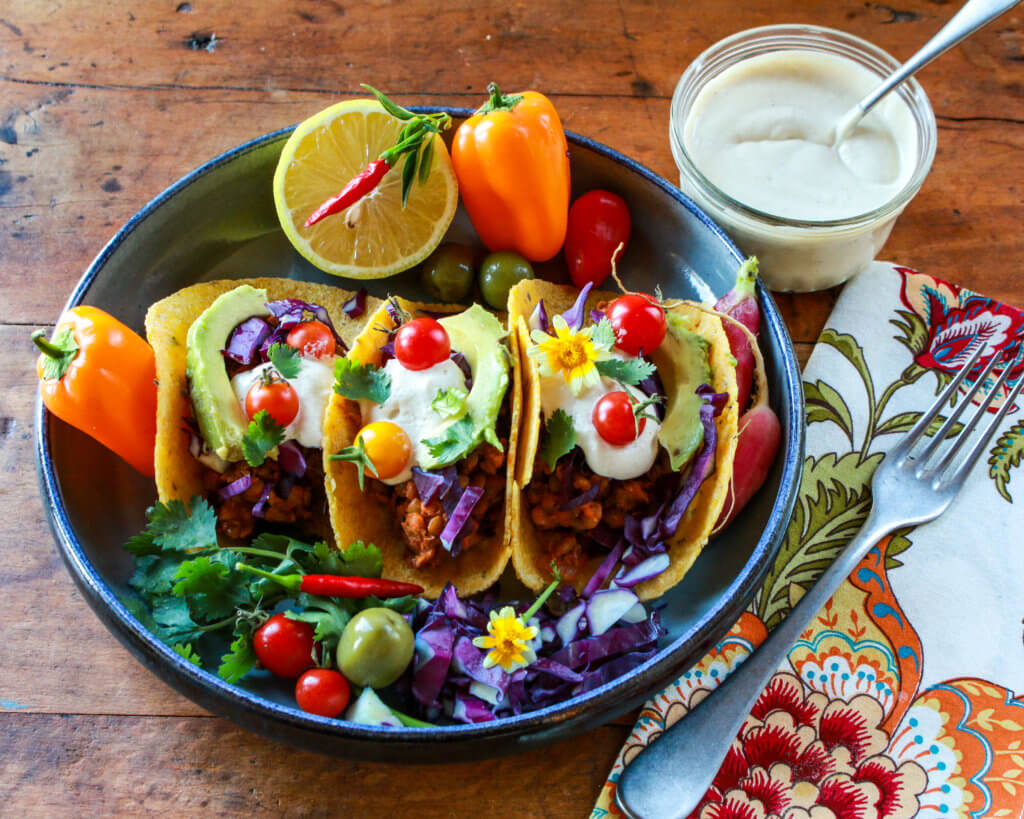Power Up on the Plant Protein Star Pulses

Learn how to power up your diet with plant protein-rich pulses—beans, lentils, and dried peas—as part of a healthy, sustainable, plant-based diet with these expert tips.
Looking for a good source of plant-based, nutrient-packed protein? Then you should definitely get to know pulses! What are pulses? Pulses (also called legumes) are mature, dried seeds from pods, including beans, peas, and lentils, that have been used for sustenance since the beginning of time. Our early ancestors first learned to gather these edible seeds in the wild in their hunt for food, and later they began cultivating them during the earliest forms of agriculture. Pulses have been found in caves in Thailand and Egyptian tombs dating back some 11,000 years. In fact, nearly every culture has a pulse in its traditional diet. They’re grown in 173 countries around the world and everywhere in the United States except Alaska. Different regions around the world have developed unique ways to enjoy pulses—from Mexico’s pinto bean frijoles to French lentil salads to Greece’s herb- and olive oil-infused giant beans. They can even be found at your local farmers market! The diverse uses of pulses make them a great addition to a variety of plant-based dishes for breakfast, lunch, and dinner.

One of the reasons pulses have become such a backbone of cultural diets is their rich nutrient cache. In fact, I consider pulses to be one of nature’s most perfect foods. One-half cup contains at least 20% DV for fiber, folate, and manganese; at least 10% DV for protein, potassium, iron, magnesium, and copper; and 6% to 8% DV for selenium and zinc; as well as phytochemicals such as alkaloids, flavonoids, saponins, tannins, and phenolic compounds.

In fact, pulses are a part of the 2020 Dietary Guidelines for Americans, specifically recommended among a subgroup of vegetables called beans, peas and lentils (1 ½ cups per week for the average adult), as well as the protein group, where 1/4 cup of cooked pulses can replace 1 oz of protein. More importantly, they’re part of all three dietary patterns recommended in the dietary guidelines: Mediterranean, Vegetarian, and US Healthy style eating patterns. It’s no wonder they’re highlighted there, since research shows that regular consumption of these wholesome plant foods offers an array of benefits, including lower cholesterol and body weight levels; lower risk of heart disease, hypertension, diabetes, and some types of cancer; and higher intakes of fiber.
In addition, pulses are good for the planet. They have a low carbon and water footprint, are a natural fertilizer because they fix nitrogen in the soil, and are economical, costing only about 10 cents per serving. With so many reasons to consume these nutrient-rich plant foods, what are you waiting for? Power up on the plant protein star pulses today!

Include Pulses in Your Weekly Meal Planning
Check out my tips on how you can power up on plant protein at every meal.
- Use pulses for a gluten-free, nutrient-rich, high-fiber alternative. Pulses, such as lentils, black beans, or black-eyed peas, can be used in meal planning for those who must avoid gluten for medical reasons. They’re great to use as a side dish or even in baking as a flour to replace gluten-containing grains. You can also turn to pulse pasta, such as lentil or bean pasta, as a gluten-free alternative.

- Turn to pulses for plant-based protein options. If you’re trying out Meatless Monday, going vegetarian, or simply introducing more plant-based meals during the week, pulses are the perfect option. Pulses can take the place of animal protein on the plate in dishes like dal (curry with lentils), chili, bean burritos, red beans and rice, and lentil soup.

- Purchase pulses for budget-friendly meals. Planning a meal or two around pulses every week can offer nutrient-rich, low-saturated-fat, high-fiber meal options that are easier on your pocketbook. Think a big pot of simmered black-eyed peas with greens and cornbread, or lentil tacos for taco Tuesday.
- Familiarize yourself with cooking techniques for dried pulses. There are numerous ways to cook dried pulses. Some methods include presoaking (soak in water the night before, discard water, and cook), the quick soak method (cover with water, bring to boil, and soak for an hour), using a slow cooker (add soaked beans, then cook), and pressure or Instant pot cooking (no soaking required).

- Focus on canned beans as an easy alternative. You can stock canned beans in the pantry to use in salads, stews, soups, casseroles, and pasta dishes. Not only is this an affordable method of cooking, but a great way to save time when you want to whip up something quick in the kitchen. Toss canned chickpeas into your grain bowls, white beans into a pasta salad, and black beans into your tostada.
- Celebrate heritage beans. Experiment with unusual varieties, such as rattlesnake beans or eye of the goat beans as a unique way to offer an array of textures, colors, and flavors to dishes. This is a fun way to discover new recipes to make with friends and family!



This is amazing.What a wonderful dish!! I am really enlightened by the top class blog post. Thank you so much for sharing this. Well explained and understood.